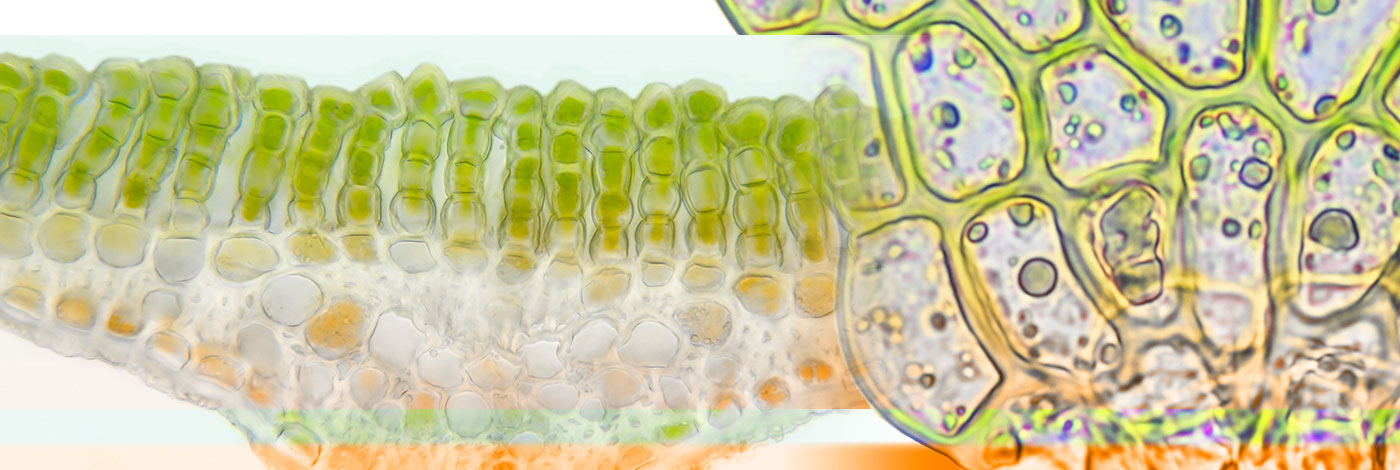

 Cryptogamie, Bryologie
38 (1) - Pages 3-17
Cryptogamie, Bryologie
38 (1) - Pages 3-17The south-eastern Brazil comprises the Atlantic forest (a region mainly characterized by tropical evergreen forest), subtropical forest, mangroves, and scrub sandbanks. Sandy areas are found at sea level, and high altitude grassland spots and rocky outcrops occur above 2000 m. This region is important because the richness, diversity, and endemism of species, including bryophytes. The similarity of bryophytes occurring on these different areas has not been evaluated yet. This study aimed to analyse the bryofloristic similarity between 12 different areas in south-eastern Brazil, assessing the environmental factors that influence their distribution. Floristic similarity was analysed under cluster and Detrended Correspondence Analysis; multi-response permutation procedures were employed to test the groups’ significance. In order to test whether the geographical distance between the areas is a relevant factor to test the similarity of the species, Spearman correlation analysis was performed, and to determine the relationship between the floristic composition and the environmental variables (altitude, temperature, annual rainfall and distance from the ocean), canonical correspondence analysis was applied. A low similarity between the 12 studied areas was observed, but two groups were revealed, the so-called inland areas and coastal areas. The annual precipitation and annual temperature influenced floristic similarity in the coastal areas and, the distance from the ocean and altitude were the variables that most influenced inland areas.